What are you looking for?
Digital Multimeters (DMM)
Modern designs demand modern measurements
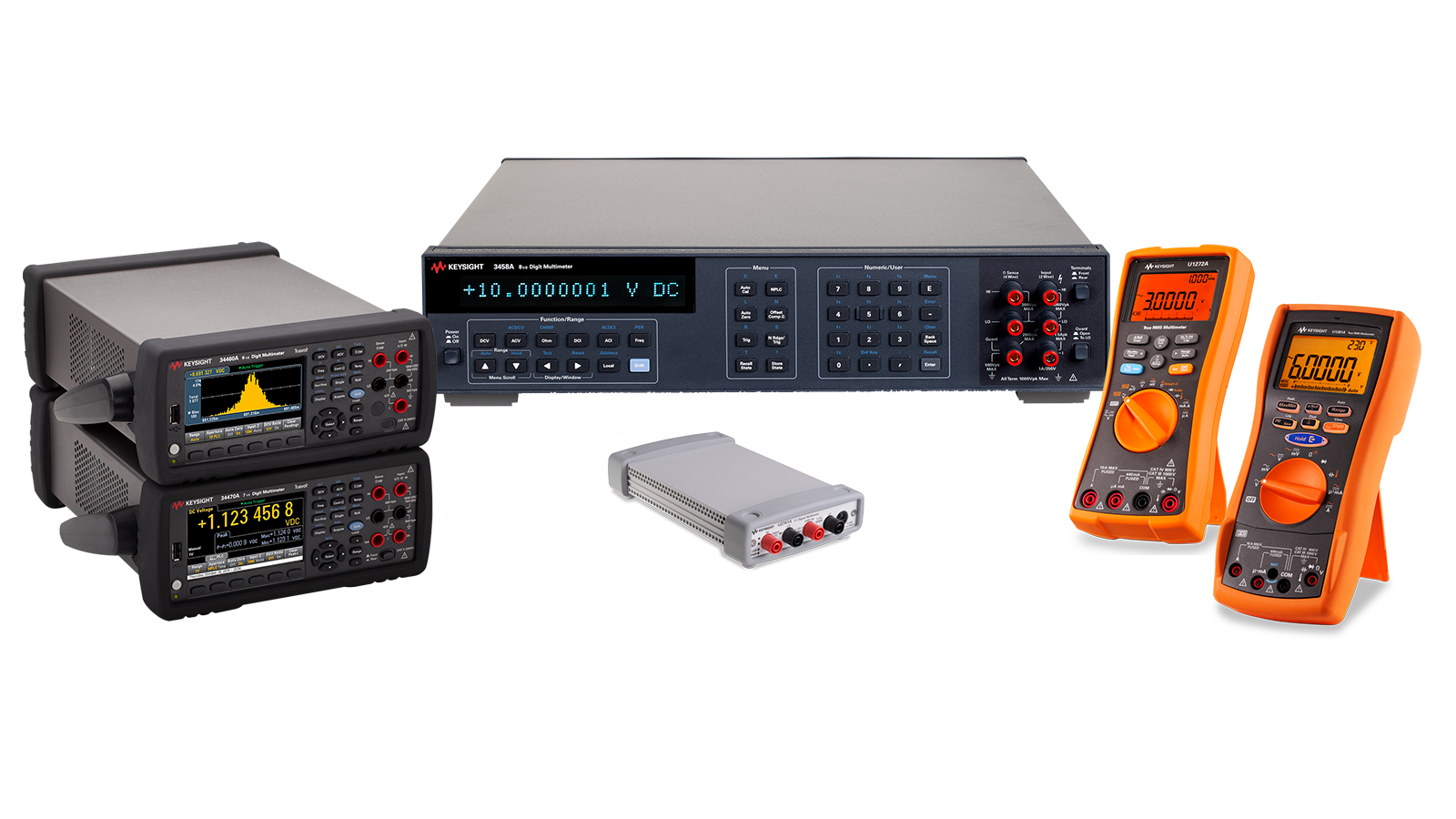
Use a Keysight Digital Multimeter to Measure with Unquestioned Confidence
When designing a product, you should not worry about the quality of your measurements. Instead, your focus has to be on the quality of your design. Our digital multimeters are all built for reliably accurate measurement every time. They come with built-in technology that eliminates extraneous noise factors from the true measurement to make a big difference to your accuracy. Keysight delivers digital multimeters with a good balance of measurement resolution, linearity, and accuracy, all derived and guaranteed per ISO/IEC 17025 industry standards.
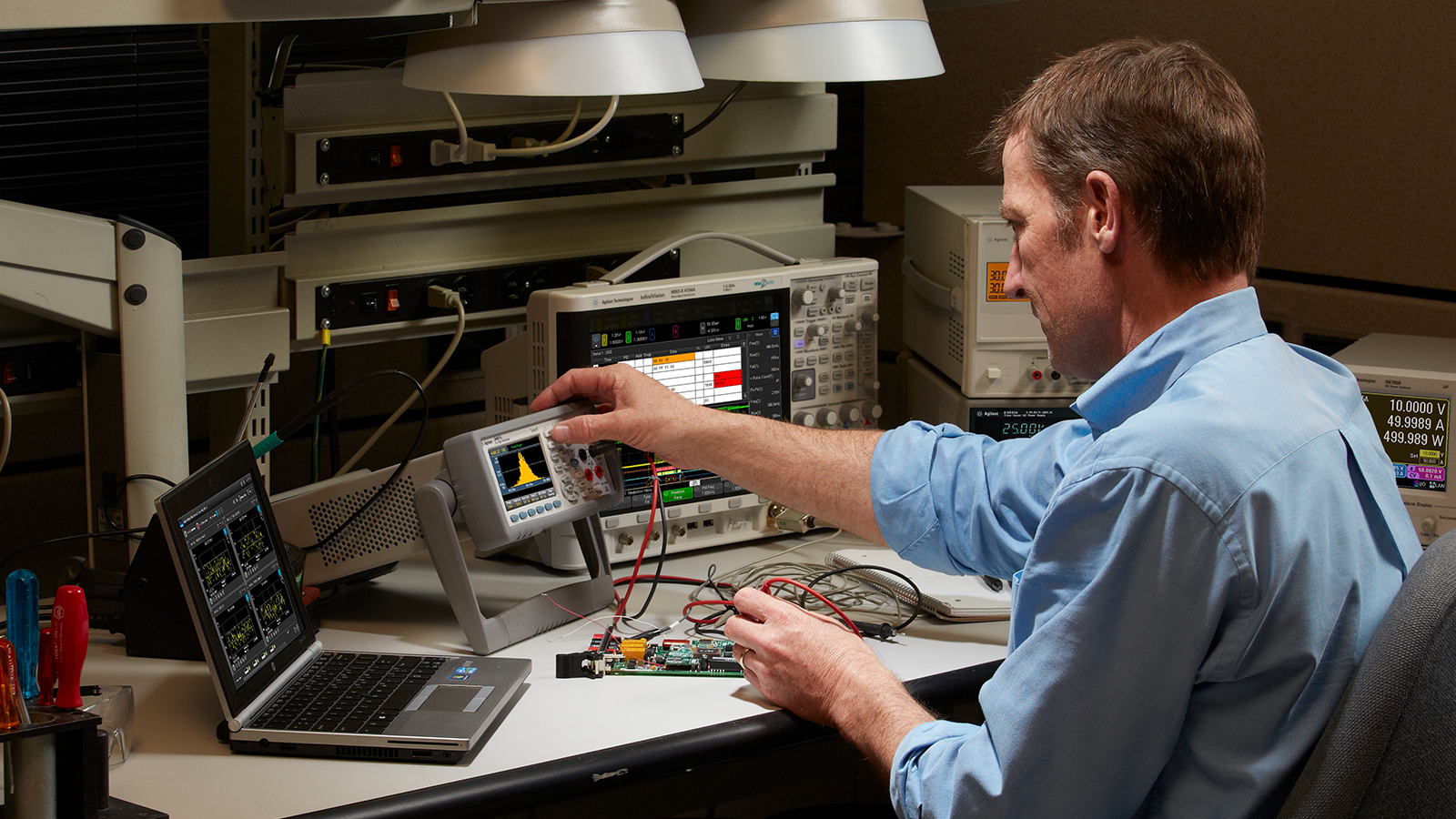
Which Keysight Digital Multimeter is Best for You?
Keysight's digital multimeter family offers exceptional performance and reliability, with 3.5 to 8.5-digit resolution and measurement speeds of up to 100,000 readings/sec. It is also available in handheld or bench applications. With a Keysight digital multimeter, you can:
- Increase productivity by providing insights beyond numbers, with trend charts and histograms on a graphical display
- Deliver the highest performing products your customers can rely on with unrivaled DCV accuracy of up to 4 ppm
- Automate and document test results without programming with BenchVue or the Handheld Meter Logger software
Industry’s Leading-Edge DCV Linearity Accuracy and Lowest Internal Noise
The Keysight 3458A digital multimeter (8.5 digits) has been the industry’s benchmark for its remarkable DC accuracy and stability. It is the tool for making precision measurements with the highest degree of accuracy, transfer standard for instrument calibration, or high throughput digital multimeter measurements in manufacturing.
Learn how to use the 3458A to perform automated or manual ratio measurements to determine the value and measurement uncertainty of an unknown voltage compared to a known reference voltage. In addition, learn how to minimize measurement errors by eliminating instrument-contributed errors or using metrology-grade transfer measurement procedures.
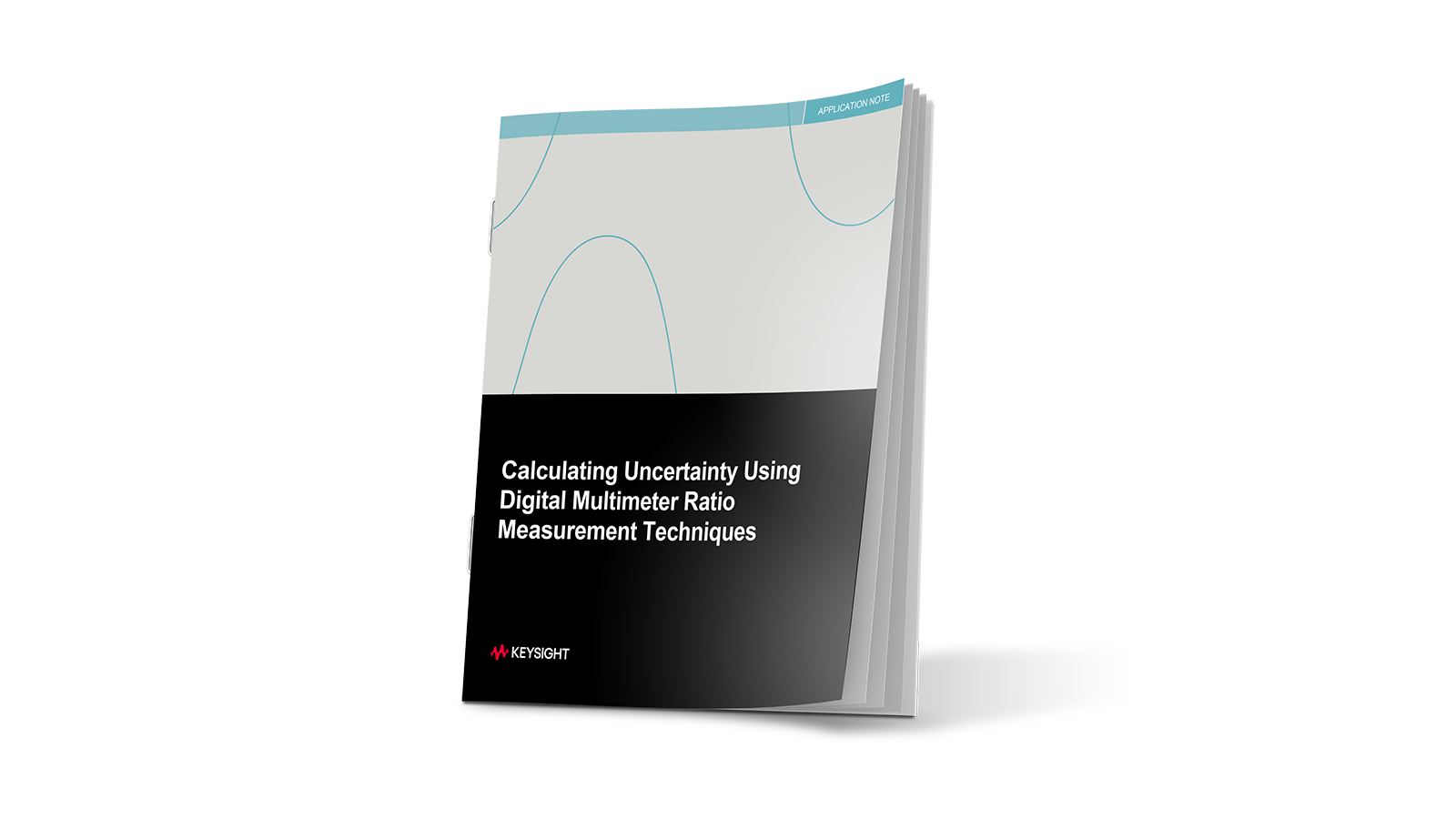
Find the Right Type of Digital Multimeter for Your Test
Discover and compare the use cases and functionality of Keysight's digital multimeter family of products.
Choosing a Benchtop Digital Multimeter
Digital multimeters are a key tool for many engineering benches. Like many of us, you may find it challenging to choose the digital multimeter that is right for you. It may mean the ability to measure the extra range, to gain better accuracy, or to measure the small transient signal that matters a lot. The right benchtop multimeter gives you the extra edge to come out with a product that is better than your competitors.
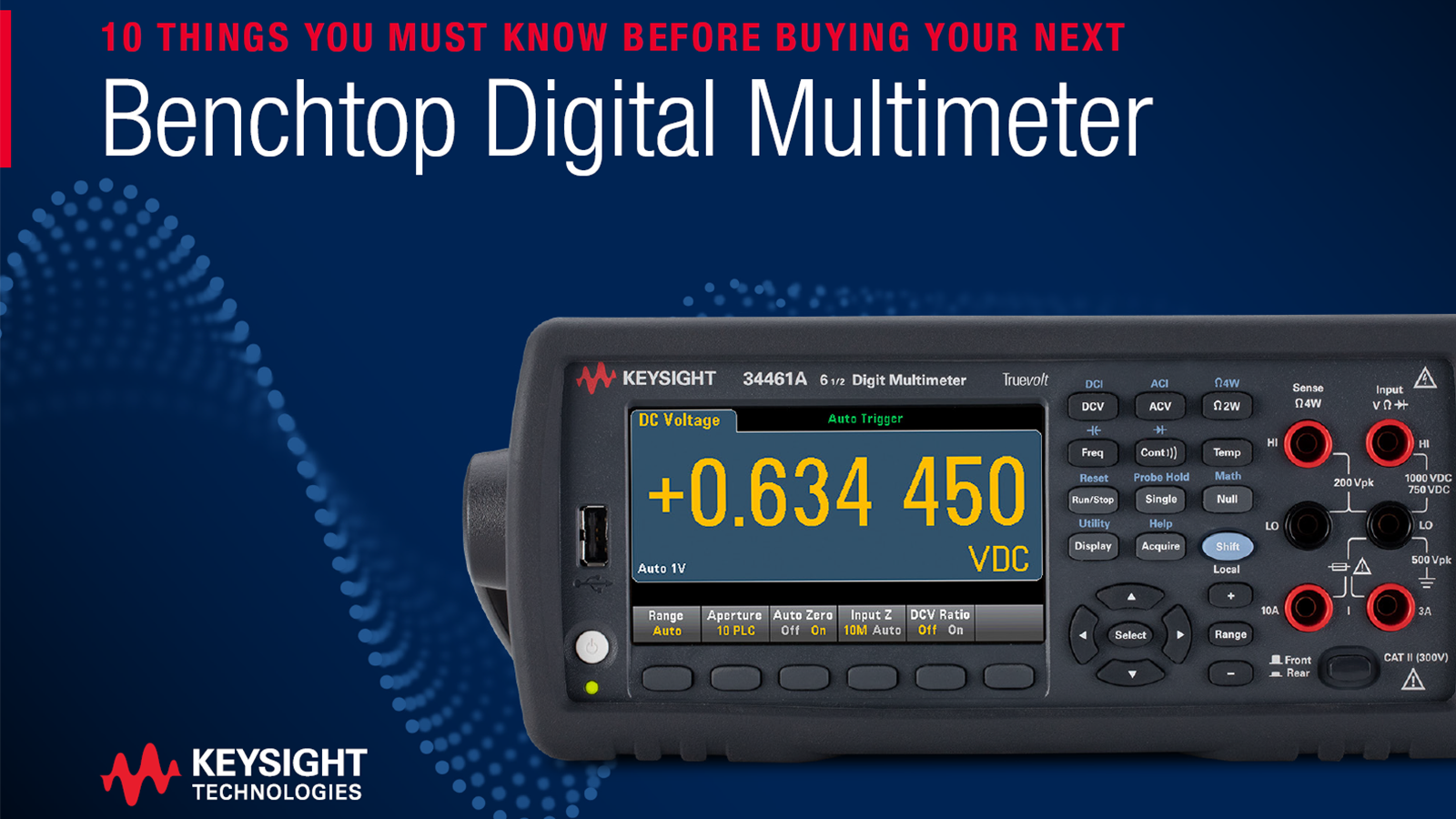
PathWave BenchVue Digital Multimeter Software
Use the BenchVue DMM software to control digital multimeters remotely and quickly understand measurement results.
- Connect, control, and display measurements in charts, tables, or histograms to correlate trends.
- Control multiple digital multimeters remotely through a single computer.
- Visualize multiple types of instrument measurements simultaneously.
- Create automated test sequences quickly with minimal instrument knowledge.
Related use cases
Extend Your Capabilities With the Right Tools
Technology is constantly changing. So too are the requirements engineers face. Get more functionality out of your existing hardware today by complementing it with the right accessories to improve productivity and the right Keysight PathWave design and test automation software to accelerate your product development.
Digital Multimeter Featured Resources
Frequently Asked Questions About Digital Multimeters (DMMs)
A digital multimeter (DMM) refers to a measuring meter that makes multiple types of measurements, such as alternating current (AC) or direct current (DC) voltage, AC or DC current, resistance, temperature, capacitance, and more parameters. A modern digital multimeter uses digital and logic technology to miniaturize and enable many features in its internal system. With digital technology, digital multimeters can have graphical displays, perform data logging and signal digitizing capabilities, programmability, and communicate with external devices.
Most handheld or benchtop digital multimeters have measurement displays in digits. The number of digits on display usually corresponds to the level of resolution the digital multimeter can measure. Resolution is the level of detail that is quantifiable on a digital multimeter. Therefore, the higher the number of digital multimeter display digits, the higher the resolution. It is common to see handheld digital multimeters with display digits of 3.5 and 4.5 digits. Bench digital multimeters tend to have display digits of 5.5 digits, 6.5 digits, 7.5 digits, and even 8.5 digits. It is usually expressed as “N digits of resolution” or “N.5 digits of resolution.” For example, 4.5 digits of resolution mean the half digit is the most significant digit (usually zero or one) followed by N digits (each of which has a range of 0-9).
The accuracy of a digital multimeter is how good its measurements are — for example, how close the measured value is to the true value. Resolution is the level of detail that is measurable or the number of significant digits on a digital multimeter.
Here are a few basic steps on how to use a digital multimeter:
- Plug the leads into the appropriate jacks on the digital multimeter.
- Attach the grabbing ends of the leads to the component or circuit being tested.
- Set the DMM's range selector knob or button to the parameter and range you want to test.
- Switch on the device or circuit being tested before you make your voltage or current measurements.
- Examine the measurement shown on the digital display or connected computer.
A digital multimeter can measure current (I) and voltage (V). If you have both measurements, calculating the DC power is simply multiplying both the current (I) and voltage (V) measurements. Most digital multimeters have an internal architecture that inhibits their ability to measure both at the same time. However, if you use a few techniques and the right equipment, you can get a good I and V measurement from your benchtop DMM.
A digital clamp multimeter is essentially a digital multimeter with a clamp jaw. Its primary function is to measure an electrical wire's AC, DC, or AC+DC current flow. Its jaw clamp clamps around the wire and measures the magnetic field emitted from the wire due to the current flow in the wire. It is usually designed for electricians who perform power-quality or troubleshooting work, such as on three-phase AC motors, building power distribution boards, and transformers.
A digital multimeter (DMM) software is a convenient software tool that allows you to remotely control your DMM from a computer via LAN, USB, or GPIB interface. It is especially useful when you need to perform data logging over a long period of time. The data can be stored in the computer for post-data analysis.
Want help or have questions?









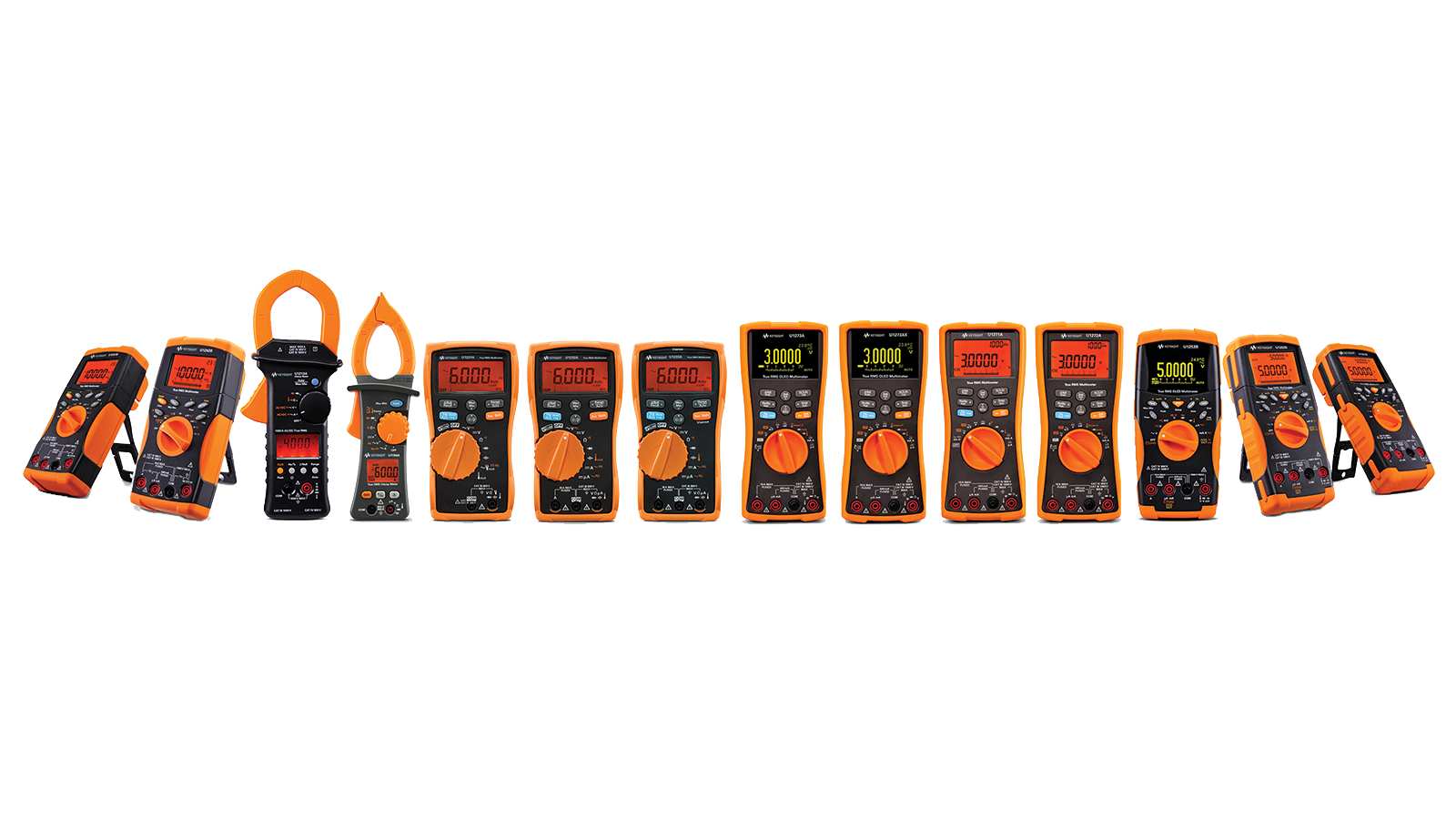






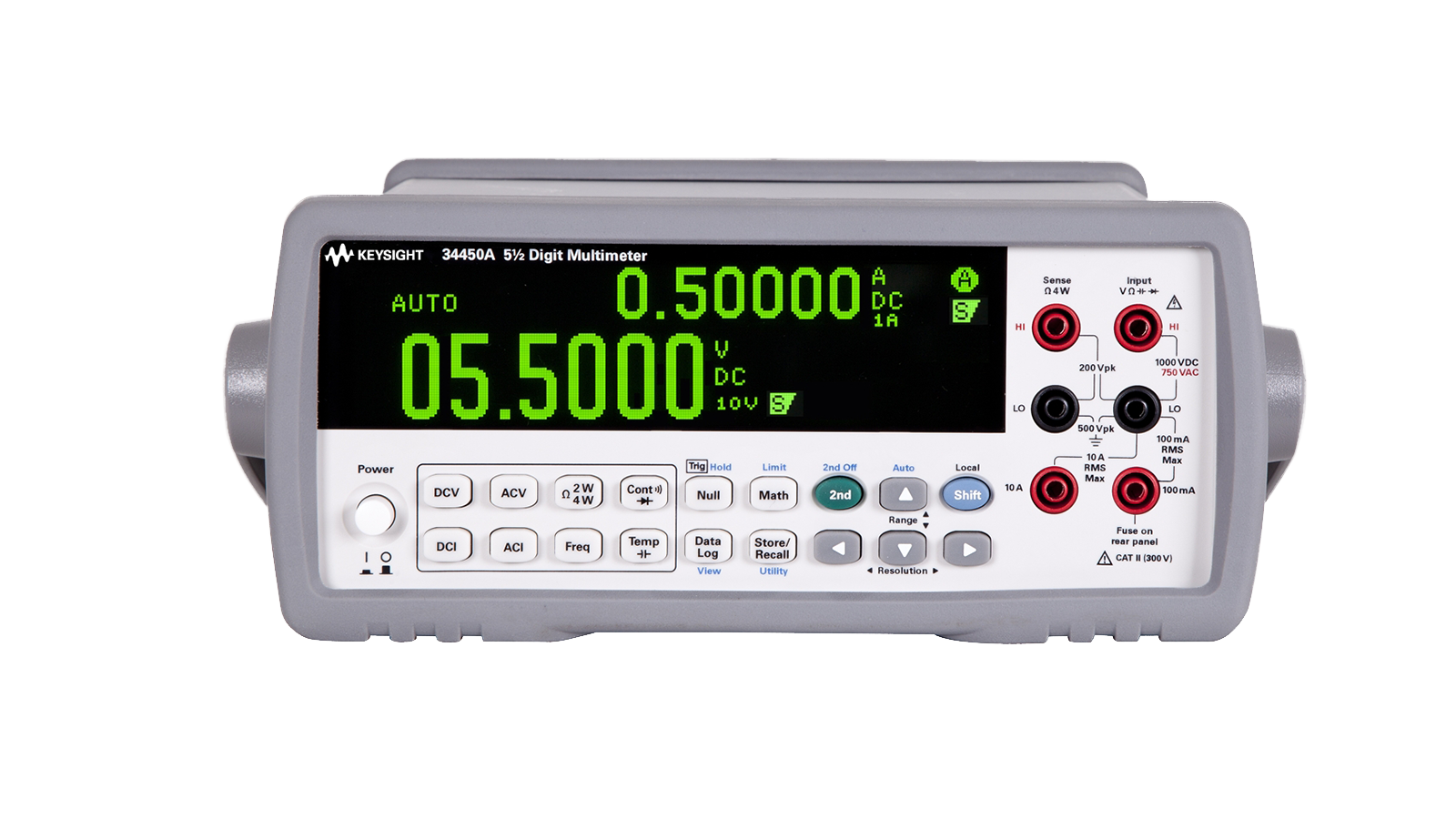
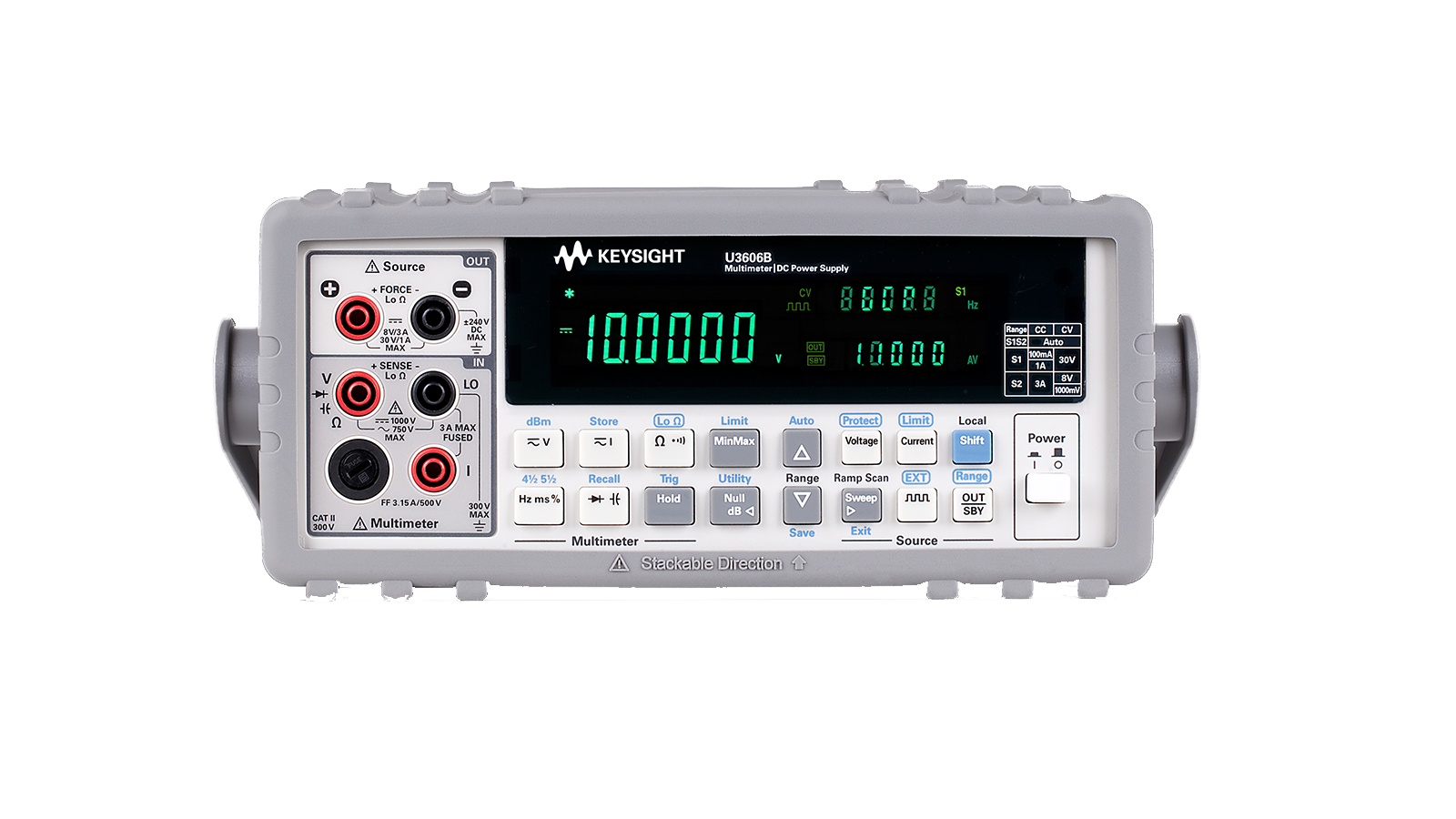




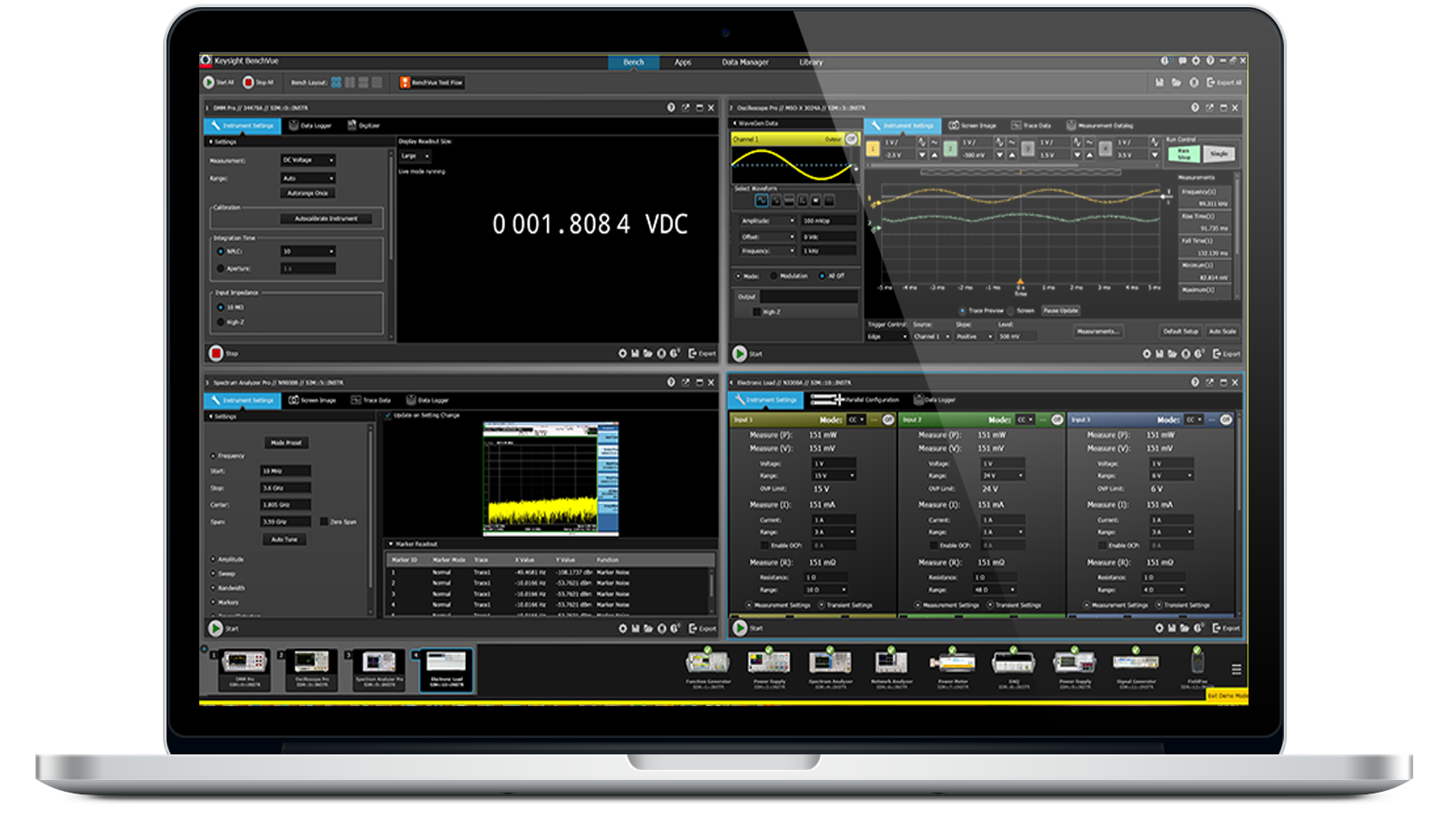

.png)












